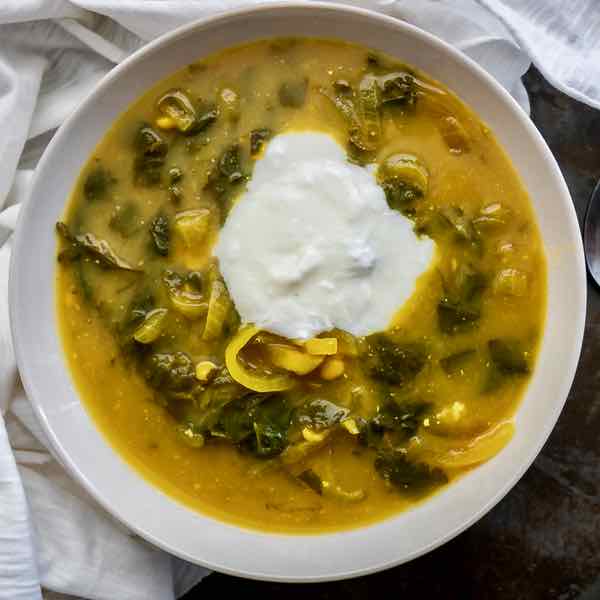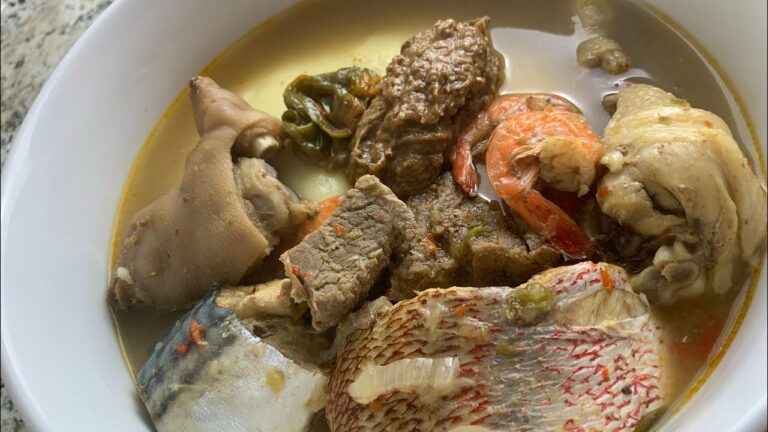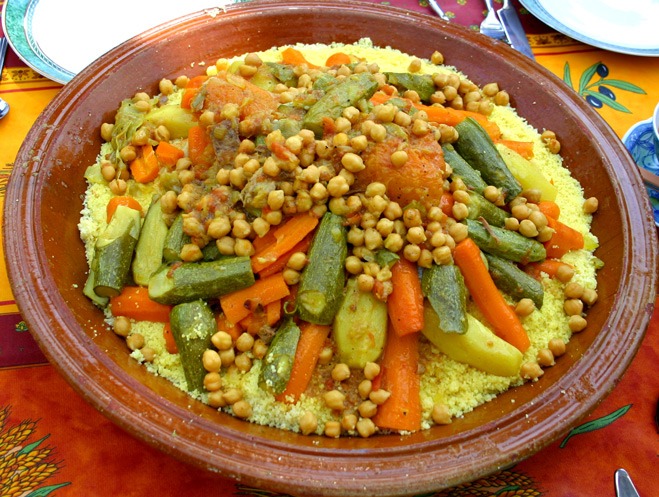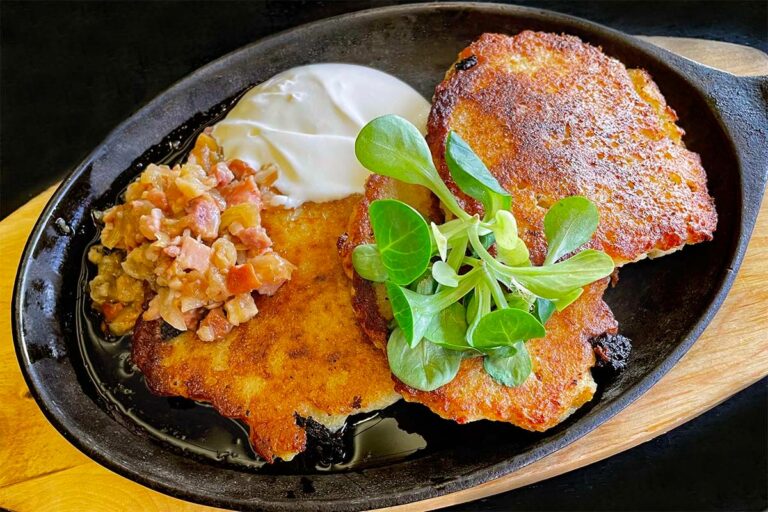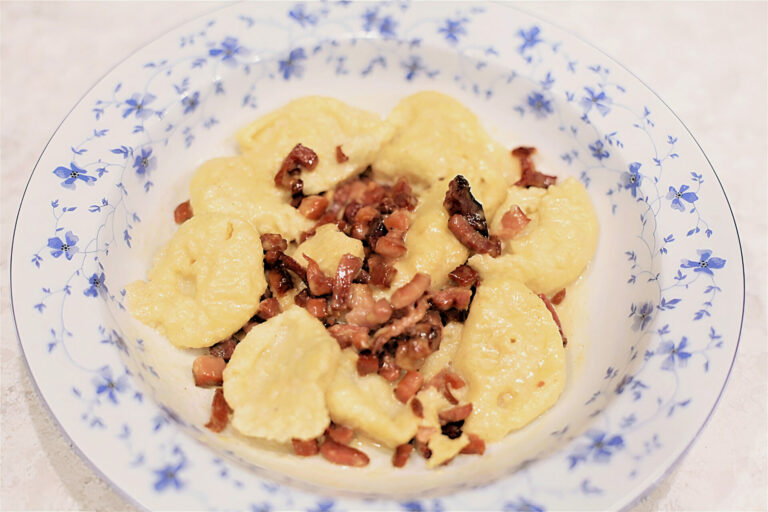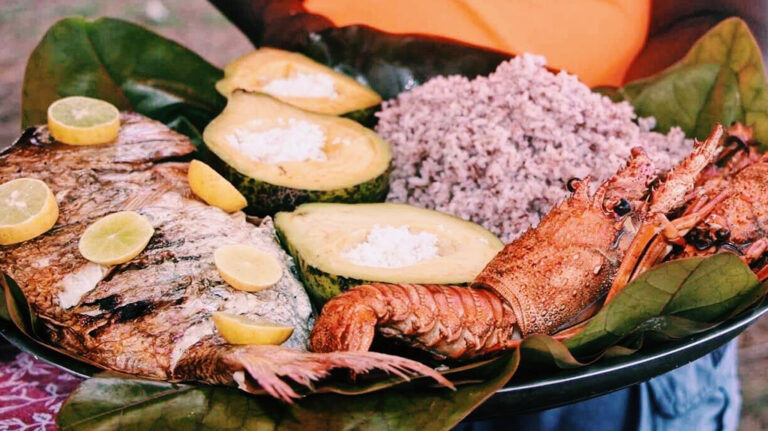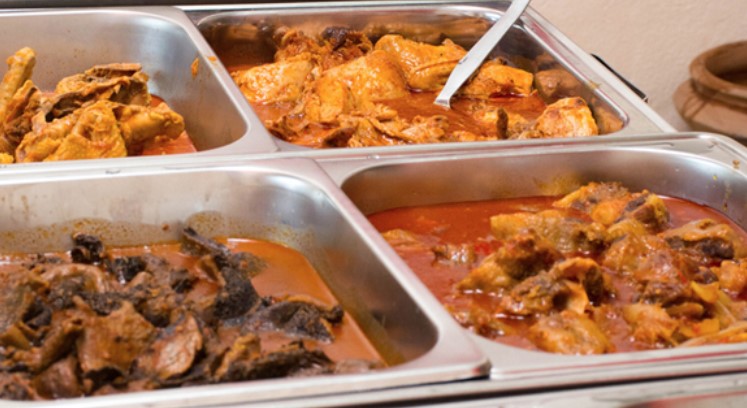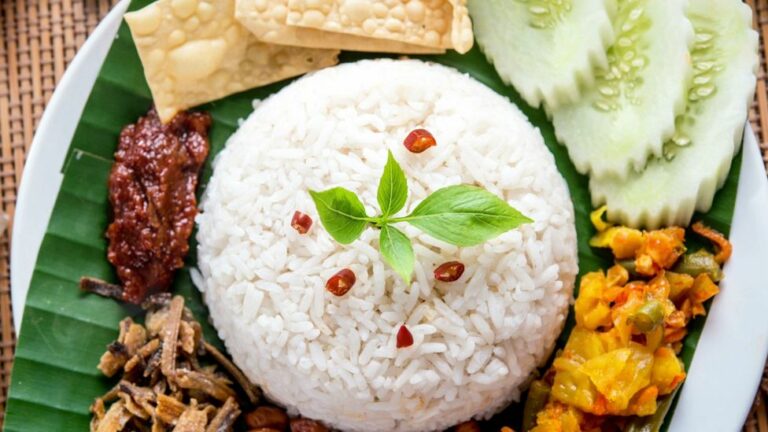Introduction: The Lithuanian cuisine
Lithuanian cuisine is an integral part of the country’s cultural heritage. The cuisine is a reflection of historical events, cultural traditions, and natural resources available in the region. Lithuanian cuisine is known for its simplicity, hearty ingredients, and unique flavors. The traditional dishes are made from locally sourced ingredients, including potatoes, meat, dairy products, and seasonal vegetables.
The Lithuanian cuisine is not widely known internationally, but it is gaining popularity among foodies and travelers. The cuisine has a distinct identity, which sets it apart from the neighboring countries. Lithuanian cuisine has a rich history, and it is interesting to explore the influences of historical events and cultural traditions on the cuisine.
Historical events shaping Lithuanian cuisine
The Lithuanian cuisine has been influenced by various historical events, including the country’s occupation by the Soviet Union and German invaders. During the Soviet occupation, Lithuanians had to rely on basic ingredients, such as potatoes, to survive. As a result, the cuisine became simple, hearty, and filling. The traditional dishes, such as cepelinai (potato dumplings with meat or mushroom filling) and kugelis (potato pudding), became popular during this period.
During the German occupation, the cuisine was influenced by German cuisine. Lithuanians adopted some of the German recipes and ingredients, such as sauerkraut, sausage, and beer. However, the Lithuanian cuisine maintained its identity by incorporating local ingredients and flavors. For example, the Lithuanian version of sauerkraut is made with cranberries, and the sausage is flavored with juniper berries.
Influence of neighboring countries on Lithuanian cuisine
Lithuanian cuisine has been influenced by the neighboring countries, including Poland, Russia, Belarus, and Germany. Polish cuisine has had the most significant influence on Lithuanian cuisine. The traditional Lithuanian dish, kibinai (pastry filled with meat and vegetables), is a variation of Polish pierogi. The Lithuanian version is larger and has a flakier pastry.
Russian cuisine has also influenced Lithuanian cuisine, especially in the northern regions of the country. Lithuanian cuisine has adopted some of the Russian recipes and ingredients, such as borscht (beetroot soup) and pelmeni (dumplings filled with meat).
Traditional Lithuanian dishes and their origin
Traditional Lithuanian dishes have their origin in historical events, cultural traditions, and natural resources. Some of the most popular traditional Lithuanian dishes are cepelinai (potato dumplings with meat or mushroom filling), kugelis (potato pudding), kibinai (pastry filled with meat and vegetables), saltibarsciai (cold beetroot soup), and vėdarai (pig’s intestines stuffed with potatoes and meat).
Cepelinai is considered the national dish of Lithuania and has its origin in the early 19th century. The dish was named after the famous airship inventor, Count Ferdinand von Zeppelin. Kugelis is another popular Lithuanian dish, which originated in the 16th century. The dish was popular among Lithuanian nobility and was made with grated potatoes, bacon, and onions.
Lithuanian ingredients and their significance
Lithuanian cuisine relies heavily on locally sourced ingredients, including potatoes, meat, dairy products, and seasonal vegetables. Potatoes are the staple ingredient in Lithuanian cuisine and are used in many traditional dishes. Lithuanians have a reputation for making the best potato dishes in the world.
Another significant ingredient in Lithuanian cuisine is dairy products, such as cheese and sour cream. The cheese is made from cows, sheep, and goats milk and is used in many traditional Lithuanian dishes. Sour cream is used as a topping for many traditional dishes, including kugelis and cepelinai. The vegetables used in Lithuanian cuisine are seasonal and include beets, cabbage, and carrots.
Modern twists on Lithuanian cuisine
Lithuanian cuisine has evolved over time, and chefs are experimenting with modern twists on traditional dishes. Many restaurants in Lithuania offer a contemporary take on traditional Lithuanian dishes, using locally sourced ingredients. Chefs are incorporating international flavors and techniques, creating fusion dishes that are unique and delicious.
The modern twists on Lithuanian cuisine include dishes such as smoked eel with beetroot and horseradish foam, crispy birch bark with goat cheese, and venison with wild mushroom sauce. The modern Lithuanian cuisine is gaining popularity among foodies and travelers, who are looking for a unique culinary experience.
In conclusion, Lithuanian cuisine is a reflection of historical events, cultural traditions, and natural resources available in the region. The cuisine has a distinct identity, which sets it apart from the neighboring countries. Lithuanian cuisine is simple, hearty, and flavorful, and it is gaining popularity among foodies and travelers.

